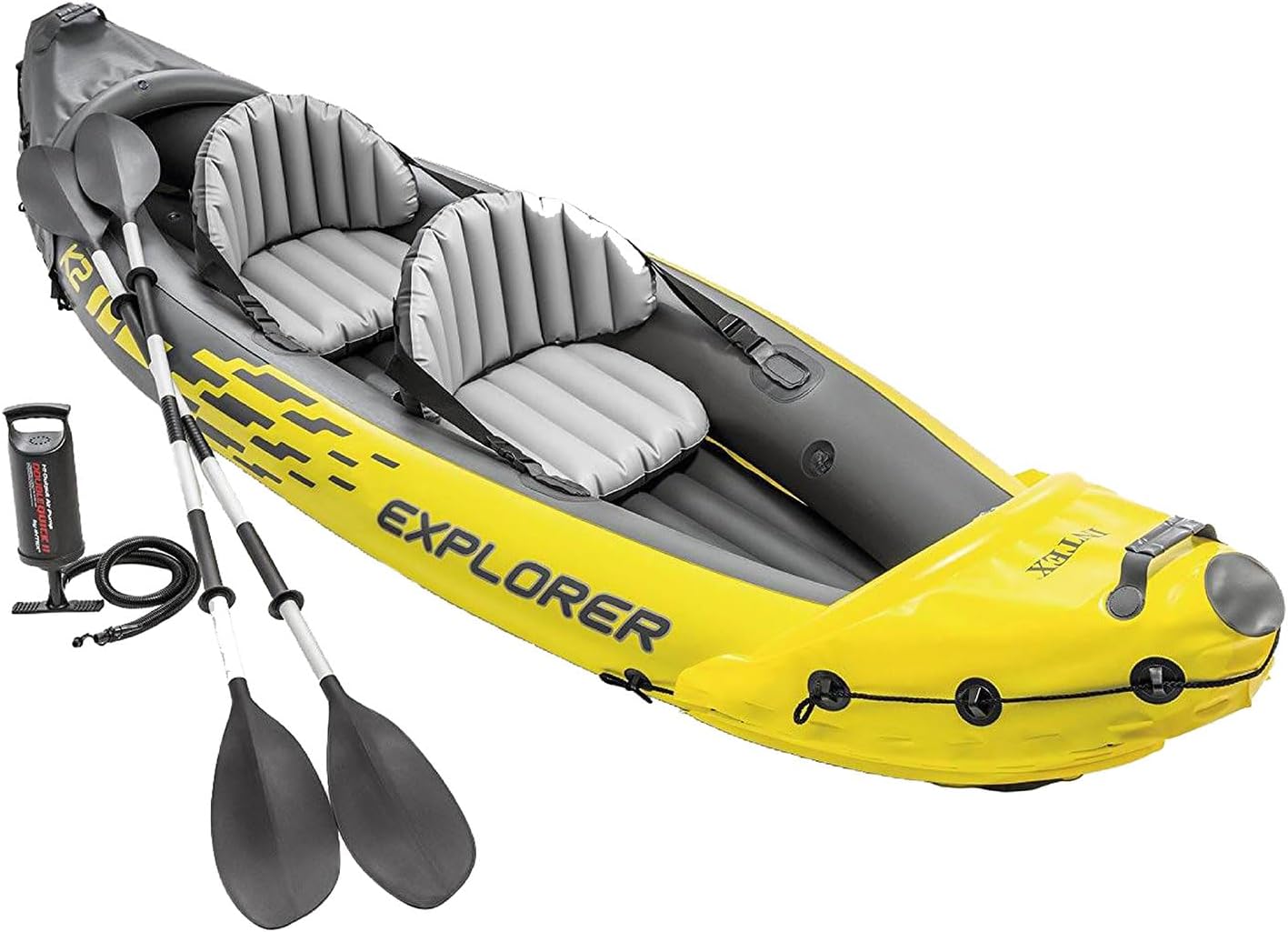Can A Bike Pump Inflate A Pool Float?
Can a bike pump inflate a pool float? Let’s be real, we’ve all been there. You’ve got your sunglasses on, your floatie ready to go, and then… the air pump is missing. Classic.
You spot your bike pump sitting nearby, and the wheels in your head start turning. “Can I MacGyver this? Can a bike pump inflate a pool float or am I about to give myself an unexpected arm workout?”
Before you blow a gasket – either literally or figuratively – let’s dive into this surprisingly common dilemma. Can a bike pump really do the job? Let’s get to the bottom of it!
Can a Bike Pump Inflate a Pool Float?
Alright, time to answer the burning question: Can a bike pump inflate a pool float? The short answer is… yes, but don’t break out the champagne just yet. It’s possible, but it’s not exactly ideal.
Here’s the deal: bike pumps are made for bike tires, which require high pressure but only small volumes of air. Pool floats, on the other hand, need large volumes of air but at low pressure.
This mismatch means that while your trusty bike pump can fill a float, it’s going to take a while. You’ll also need an adapter to connect the pump to the float’s valve, and let’s be honest, your arm might not thank you for this choice.
Now, let’s dig deeper into how this actually works and whether it’s really worth trying. (Hint: It depends on how desperate you are to hit the pool!)
How To Inflate Pool Float With Bike Pump?
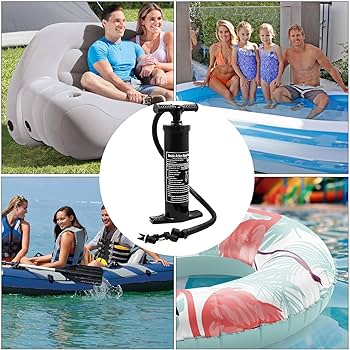
So now that we’ve established can a bike pump inflate a pool float – technically, yes – let’s break down how you’d actually go about it. Because let’s be honest, it’s not quite as simple as plugging it in and going to town.
Step 1: Check the Valve Situation
First things first, you need to see if your pool float’s valve can work with a bike pump. Pool floats typically use one-way valves, which are great for keeping air in but not so great when you’re trying to force air in with a bike pump designed for a different kind of valve.
This mismatch can leave you endlessly pumping with very little to show for it.
Step 2: Valve Adapter to the Rescue
Enter the valve adapter. This nifty little tool can bridge the gap between your bike pump and your pool float. It’s like a dating app for incompatible air valves – it makes the connection happen.
You can find these adapters at hardware stores or online for just a few bucks. Trust me, it’s worth the investment if you ever plan on using a bike pump for inflatables again.
Step 3: Grab a Buddy (or Be Really Good at Multi-Tasking)
This process is way easier if you have a friend to help. One person can hold the pump and nozzle in place, while the other does the pumping.
If you’re flying solo, prepare to master the art of multi-tasking. You’ll need one hand to hold the valve and the other to pump, and good luck if you get tired halfway through!
Step 4: Pump Away! (And Bring Snacks)
Once everything’s connected, it’s time to pump. And pump. And pump some more. Since bike pumps are made for high pressure but low air volume, inflating a pool float is going to be a bit of a marathon. You’ll get there eventually, but don’t expect to set any speed records.
The Pros of Using a Bike Pump
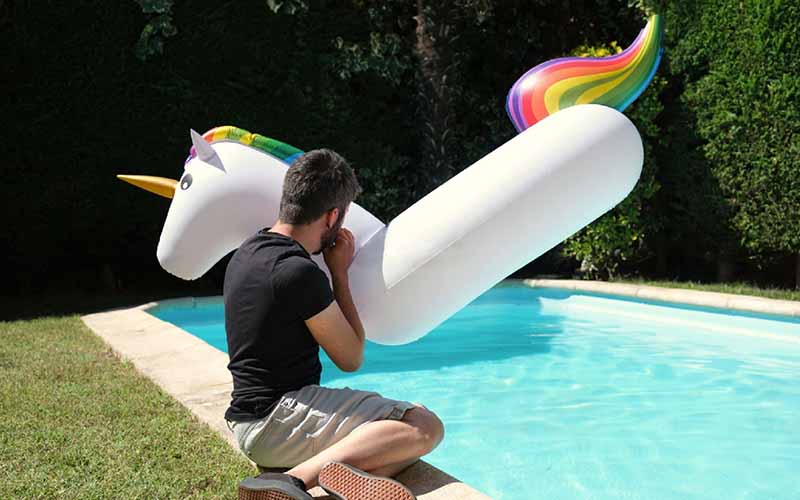
Okay, so can a bike pump inflate a pool float? Yes. But should you really bother? Let’s look at the upside of using what’s probably the least efficient inflator you own.
1. Cheap and Cheerful
You already own a bike pump, so you’re saving money by not buying a dedicated air pump. If you’re someone who inflates pool floats only occasionally, this might be enough of a reason to stick with the bike pump.
2. A Handy Backup Plan
When all else fails and you’re in a bind, a bike pump is better than nothing. If you’re at the beach or a friend’s house and don’t have an air pump, your bike pump might just save the day (and your float).
3. Eco-Friendly
Electric air pumps are great, but they use electricity or batteries. A bike pump is powered by – you guessed it – you. So if you want to inflate your float without relying on fossil fuels or single-use batteries, a bike pump is the green way to go.
4. Small and Portable
Bike pumps are small and easy to carry, making them a great option for trips to the beach or pool. If you’re low on packing space and don’t want to lug around a big air pump, a bike pump can fit snugly in your bag.
The Cons of Using a Bike Pump
Now for the not-so-fun part: the downsides. Yes, can a bike pump inflate a pool float, but the question remains – do you really want to use it for that?
1. It Takes Forever
One of the biggest downsides is time. Because bike pumps are designed for high-pressure tires, they deliver smaller volumes of air with each pump. You’ll be pumping for what feels like an eternity, especially with larger floats.
2. Compatibility Issues
Not all floats and bike pumps are made to work together. Without a valve adapter, getting a good seal can be tricky. Even with one, you might struggle to keep air from leaking out while you’re pumping.
3. It’s a Workout
If you’re looking to break a sweat before lounging by the pool, this might be your thing. But for most of us, inflating a giant pool float with a bike pump is a serious arm workout we didn’t sign up for.
4. Not Ideal for Large Floats
If you’re inflating something massive, like a giant unicorn or flamingo float, using a bike pump will test your patience (and your endurance). For large floats, this isn’t the best method unless you really have no other option.
Alternatives to Using a Bike Pump
Alright, let’s be real – just because you have an answer to can a bike pump inflate a pool float doesn’t mean it’s the best tool for the job. Here are a few alternatives that will make your life easier.
1. Electric Air Pumps
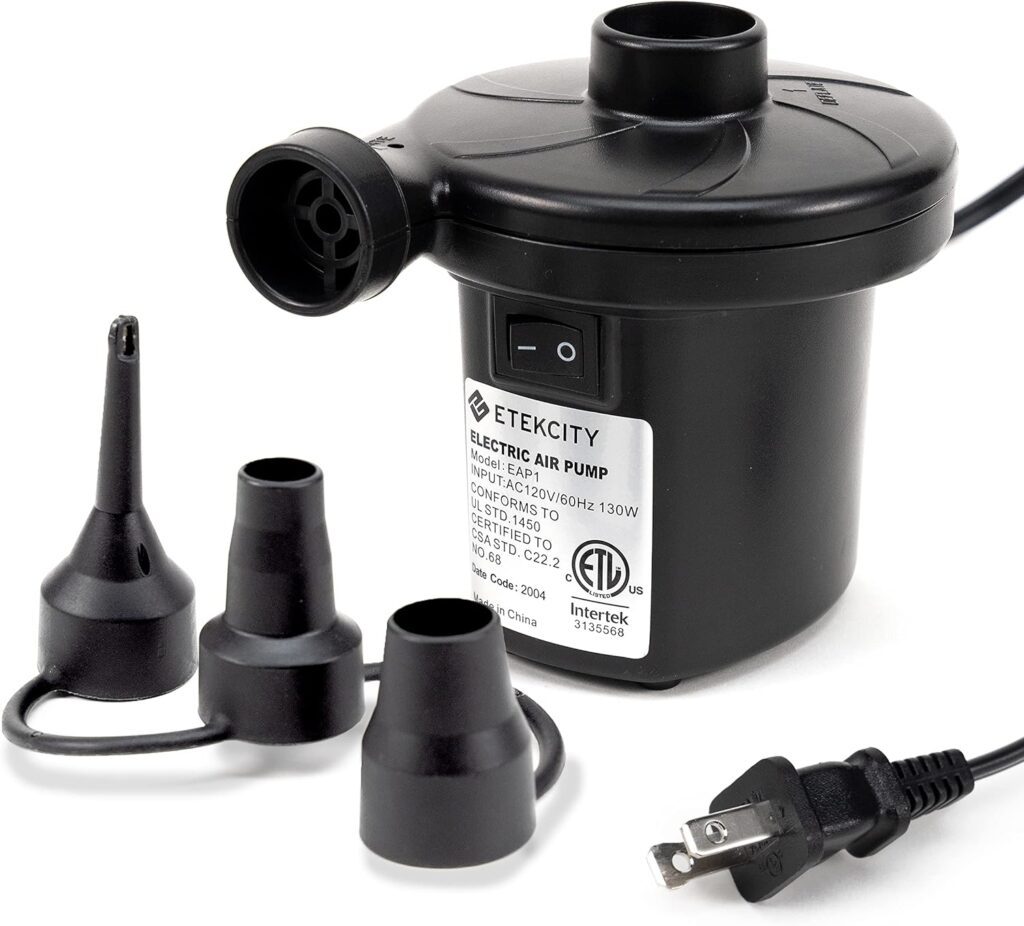
The gold standard for inflating pool floats. Fast, efficient, and plug-and-play, an electric pump will inflate even the largest floats in a matter of minutes. Sure, it costs a bit more, but it’s worth the investment if you’re a frequent floater.
2. Battery-Powered Air Pumps

Going camping or to the beach where there’s no power outlet? A battery-operated air pump is a great portable option. It’s faster than a bike pump and doesn’t rely on electricity, so it’s perfect for on-the-go inflating.
3. Foot Pumps
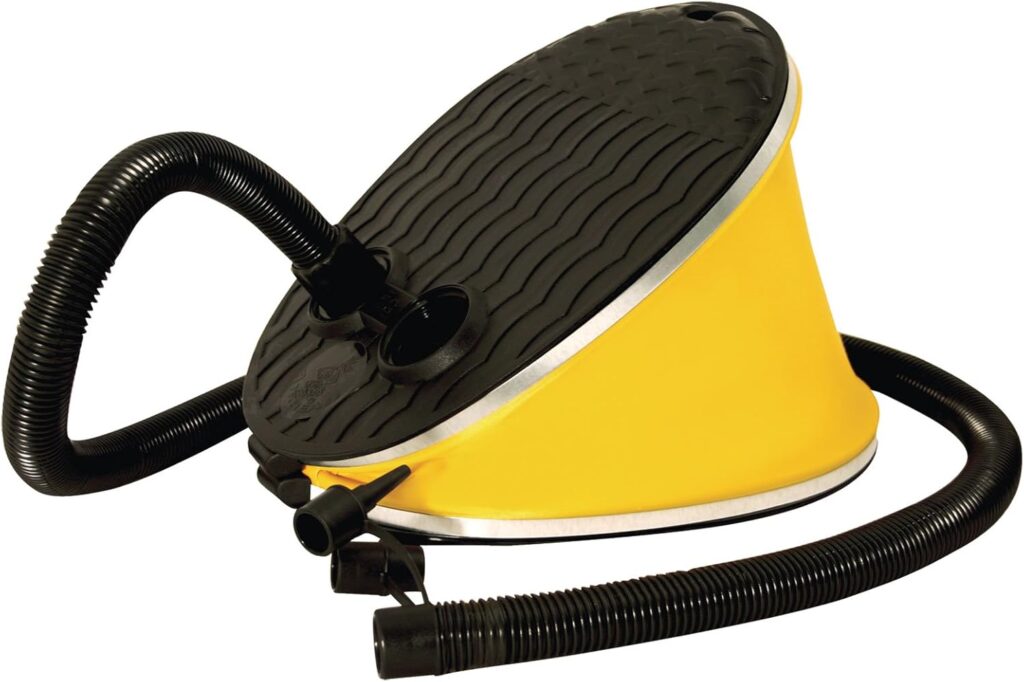
A foot pump is another manual option, but it’s generally quicker and easier to use than a bike pump. Plus, it’s a good middle-ground between the convenience of an electric pump and the workout of a bike pump.
4. Your Lungs (For the Brave)
Let’s be honest – if you’re blowing up a small pool float, your lungs might actually do a faster job than a bike pump. For smaller inflatables, this might be the simplest (and surprisingly effective) method. Just be prepared to take a few breathers if it’s a larger float.
Is a Bike Pump Worth the Effort?
So, can a bike pump inflate a pool float? The answer is still yes, but the bigger question might be: should you bother? If you’re in a pinch or looking to save a few bucks, a bike pump will get the job done eventually.
But if you want to save time, effort, and maybe a little sanity, it’s worth investing in a proper air pump.
That being said, if you enjoy the challenge, don’t mind a bit of a workout, or simply want to get creative with the tools you have, using a bike pump is a totally viable option. Just don’t expect to inflate that giant flamingo float in five minutes flat.
The Bottom Line on Can a Bike Pump Inflate a Pool Float?
So, can a bike pump inflate a pool float? Absolutely, but it comes with some caveats. It’s a slower process, it can be a bit of a workout, and you’ll need the right tools (like a valve adapter) to make it work efficiently. However, if you’re in a bind and can’t find an air pump, your bike pump can be a trusty backup.
On the other hand, if you’re someone who enjoys frequent pool days or beach outings with large inflatables, do yourself a favor and invest in a dedicated air pump. Your arms will thank you, and you’ll be lounging on your float in no time.



